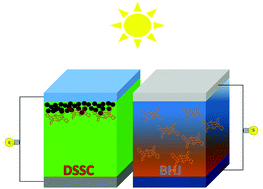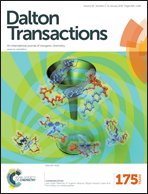Artificial hemes for DSSC and/or BHJ applications
Abstract
Lately solar to power energy conversion devices have attracted a lot of attention and there is an effort to synthesize novel light-harvesting organic materials. Inspired by nature and due to their remarkable role in photosynthesis, porphyrins have been extensively used for DSSC and BHJ applications. This review provides a summary of the developments and approaches that were used in our group in order to improve the power conversion efficiency of DSSCs and BHJs based on porphyrin hybrid derivatives. Aiming to extend the light absorption range of the sensitizing dyes and to achieve enhanced solar cell performances, functionalized porphyrins with carboxylic acid anchoring groups were synthesized. These include monomeric, dimeric and trimeric porphyrins with one or two anchoring groups and in the presence of an additional chromophore in some examples. Also, porphyrins with pyridyl anchoring groups were studied, in order to examine the influence on the power conversion efficiency of a different anchoring group. The photovoltaic properties improved after the reduction of dye-aggregation by means of chemical co-adsorbents, and by using co-sensitization, modified photoanodes and electrolyte additives. Finally, some of the above chromophores were used as electron donors for the preparation of solution processed BHJ organic solar cells in the presence of various electron acceptors.


 Please wait while we load your content...
Please wait while we load your content...